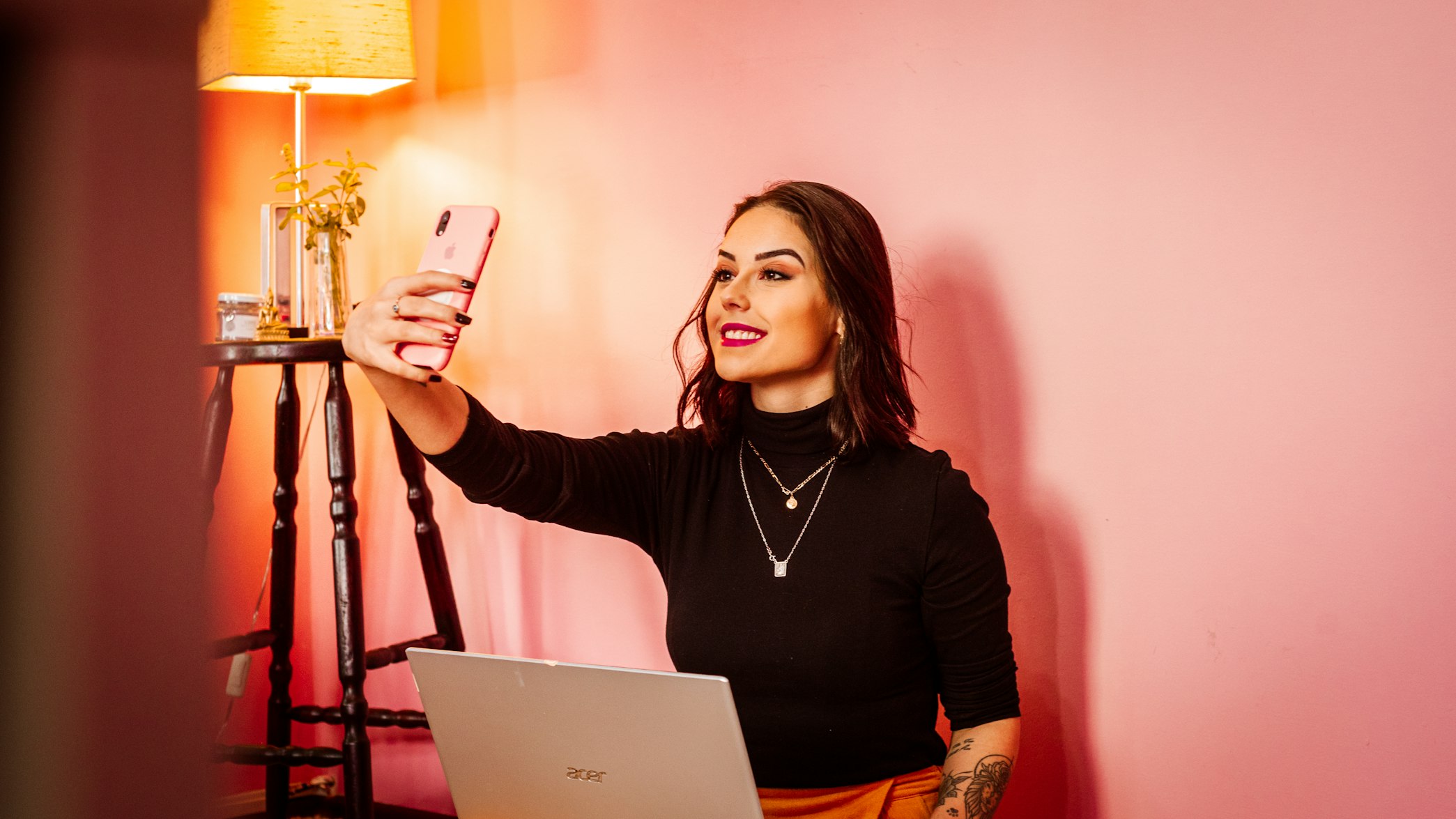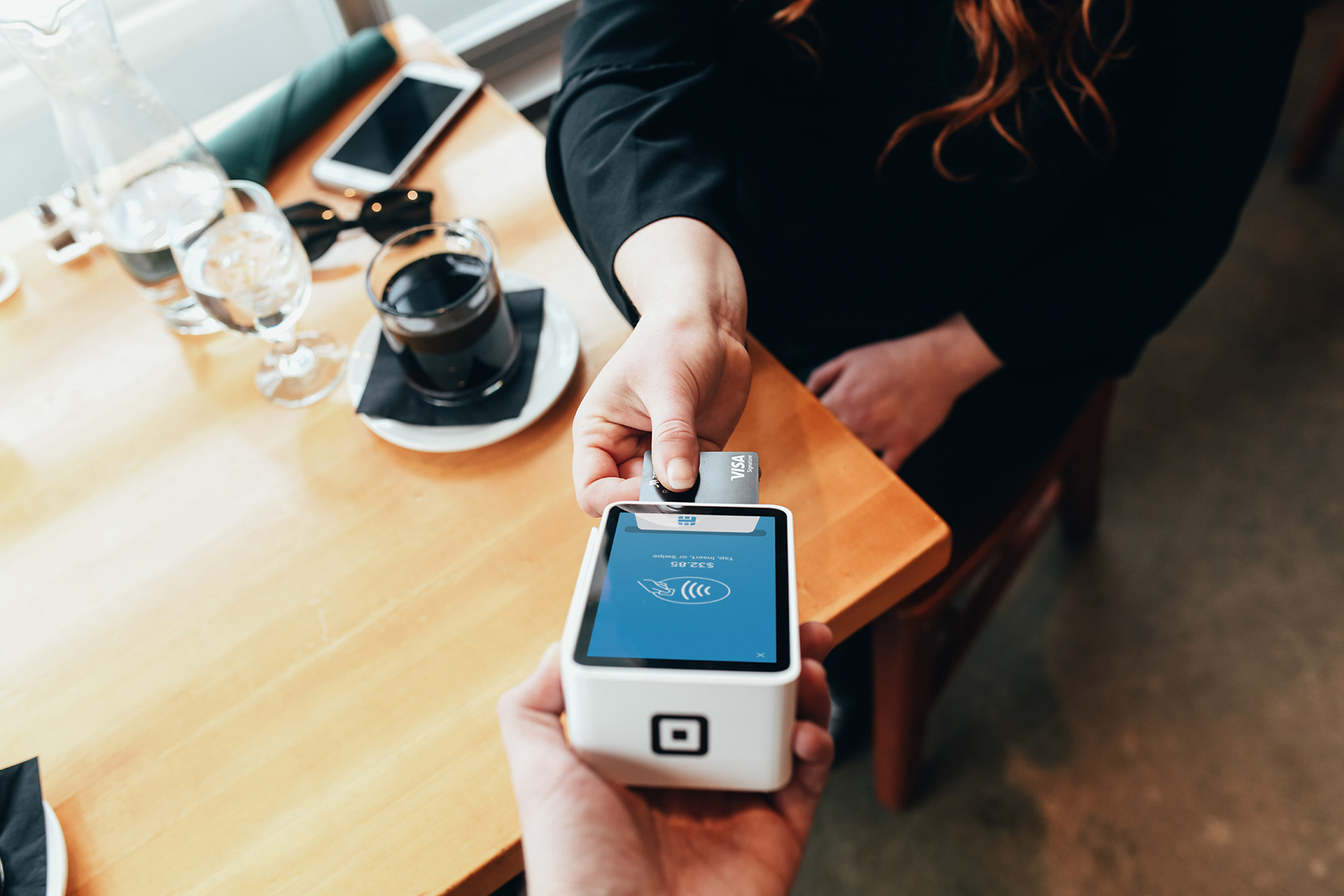The last few months have been a mixture of survival mode on and doing our best so that when it's all over, everything will be better.
We study how the market is doing and draw up some trends of consumption for the coming months based on research and behaviors that consumers already exhibit.
After pandemics, people point to a strong trend towards safety, be it in hygiene, finances, shopping, professional stability or health, which should be the focus of decision-making for a long time to come, and this pandemic would be no different. These are the values that should be at the forefront of consumers' minds in the coming months.
Adaptation times
Although the health measures taken are being relaxed and we are going through a period of resumption of activities, this situation is still seen as an abnormal state. This is because it is still necessary to wear masks, maintain social distancing and use hand sanitizer everywhere. Considering this situation and the changes in behavior that have occurred during the pandemic, what are the consumer trends?
Unlike the other crises faced worldwide, both consumers and companies are in a highly digitalized environment in their relationships and interactions with the market. And many were already starting to use the tools on offer more consistently; we had a digital acceleration. And also deepening the customer experience in digital media, bringing agility and ease. This is a path that leads nowhere.
In addition, companies are now looking to establish more interactive solutions with increasingly user-friendly interfaces. The implementation of any of these alternatives must always be aligned with the company's purpose and take into account the entire consumer journey.
With this new shift in values and priorities in our customers' lives, here are the trends for the coming months:
1. Resistance
This trend is closely linked to product longevity and environmental impact. As we mentioned earlier in the text, environmental and financial health are on the rise. As a result, consumers should look for products that are more resistant, with fair value and also brands that value sustainable production and see the value of the end customer.
2. Better living
2020 has brought a new look at well-being, and concern for mental and physical health is on the rise.
Brands that promote "better living" with themes aimed at improving health as a whole captivate customers. Hi-tech care was another point that had been raised in a more restrained manner and which promises to gain more market share in the coming years.
3. Real connection
The trend towards good living is so important that one item in particular stands out: the fight against loneliness. In a year when we need to stay at home, many people live alone or don't find themselves included in the family routine, having to work remotely isolated in bedrooms or offices all day.
Once again, the internet plays a super important role in combating this challenge. Several people have managed to circumvent this feeling through digital means. Whatsapp calls, lives on Instagram and Youtube and surprisingly, streaming platforms for games had a visible boom.
Fighting people's loneliness is also about create a more stable and reliable relationship with the consumer. They feel part of the company and start interacting with a friend rather than a brand. Many companies have already begun to humanize their brands even more and invest in real-time customer service to keep up with this trend.
4. Real truth
The real truth is the trend in the search for trust with consumers, in a much more real and less "word of mouth" way. At a time when fake news can spread so naturally, communication strategies must be even more attentive to fact-checking and think about joining the fight against disinformation. Customers expect engaging and transparent conversations about what goes on behind the scenes. More than ever, leaving the communication channel open generates value and adds to the vision of a trustworthy company.
5. Sanctuary
Now, with the gradual return to "normal" life, customers want to feel safe in a "sanctuary". Whether it's in their own home with every comfort, or extending this concept to friends' homes, restaurants and stores. Consumers want to feel confident in going to environments that they feel have all the protection they need.
In order to do this, companies need to make an assessment and understand what the points of attention are in order to offer comfort and meet all their customers' demands, taking into account the whole situation we are facing.
6. Contactless
After this pandemic, everyone became a little more concerned about physical contact and learned that distance can be a good friend. Some cards that were already in our wallets have a proximity payment function, and cell phones and smart watches were already spearheading this trend. The arrival of PIX in Brazil only reinforces this manifesto.
At street markets, many stalls have already adapted to this new reality, but what about your company?

In addition to these trends, it is worth bearing in mind that the pandemic has had substantial economic consequences. According to data from the International Monetary Fund (IMF), the pandemic has triggered an economic crisis that is projected to have a global recession of -3%. Faced with this, we must stand alongside our customers and try to see through their eyes.
This basically means that families are reprogramming their finances to "cut costs" mode. Many Millennials are adapting their lives to a simpler mode and that's why the minimalist style is much more in vogue. Studying this style can provide many ideas for new products and services that fit this customer profile.
[:]